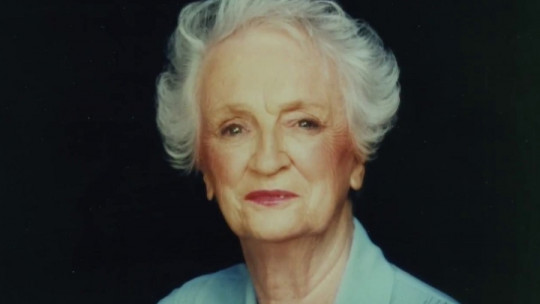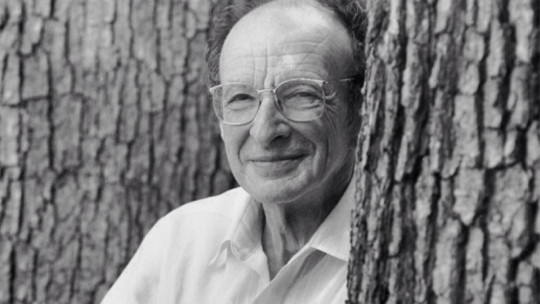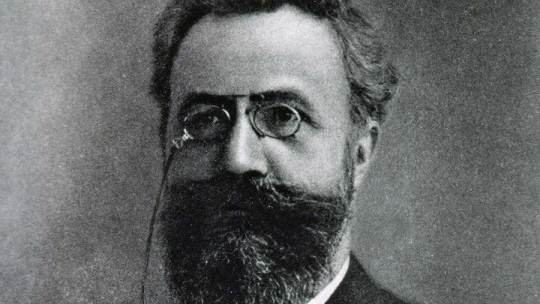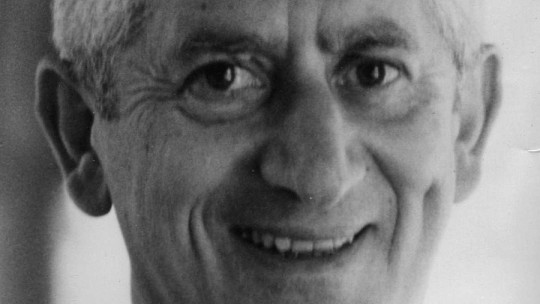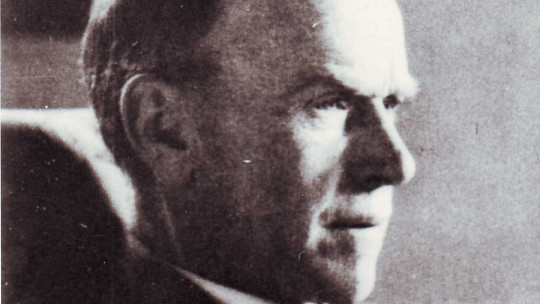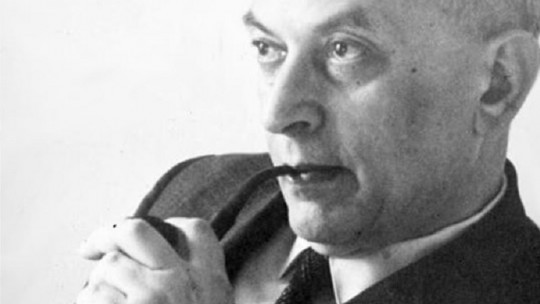The field of nursing is so important today in part because of the contributions of people like Hildegard Peplau.
Below we will go through the most significant events in her biography and we will also be able to learn about the methodology that this professional contributed to make a very significant leap in the way nurses work, significantly improving their profession. Let’s start with this biography of Hildegard Peplau in summary format
Brief biography of Hildegard Peplau
Hildegard Peplau was born in the city of Reading, in the state of Pennsylvania, United States, in 1909. Her parents were immigrants from Europe, specifically from Germany. This marriage had six children, of which Hildegard occupied the second position in order of birth.
From a very young age, Hildegard Peplau knew that, as a woman, her options to escape traditional roles in a certain way involved training in a profession that would allow her to grow, and that is why she always wanted to be a nurse So much so that since she was little she was in charge of caring for the people around her.
One of the events that had a great impact on Peplau’s upbringing was the flu pandemic of 1918, which made millions of people sick, causing the death of many citizens. As a child, Hildegard Peplau was aware of the consequences that a pathology could have on people.
Therefore, when she finished her primary and secondary education, she had no doubt what the next step she was going to take in her life was: she would become a nurse. For this she attended Nursing School at Pottstown Hospital, in Pennsylvania, the state in which she lived. It was the year 1931. Once these studies were completed, she began to work in that hospital and later in one in New York.
She later managed to access the position of nurse at Bennington College in Vermont. In this institution she took the opportunity to train in psychology, thus completing a profile totally oriented to the care of others. Hildegard Peplau He combined his work in Bennington with another at the Chestnut Lodge psychiatric hospital while learning interpersonal psychology from Harry Stack Sullivan.
Nurse during the war
The year was 1943, so World War II was at its peak, and many American citizens were forced to enlist or serve in some way. This was the case of Hildegard Peplau, who had to join the US Army Nurse Corps.
This motivated his temporary transfer to England, where he collaborated in the 312 field hospital Since the American School of Military Psychiatry was located at this location, he had the opportunity to meet some of the eminences of mental health, both in England and the United States.
During her stay in this military hospital, she met a psychiatrist with whom she would have a daughter, but since he was married, Hildegard Peplau raised the girl as a single mother Added to this was the death of Hildegard’s mother also at this time, making them turbulent years for her.
Once back in America, Hildegard Peplau was one of the representatives of mental health professionals who met with the government to try to promote a new law that would ensure the well-being of patients suffering from this type of pathology in USA. The law was passed in 1946.
Great reputation
Hildegard Peplau’s reputation was on the rise. After obtaining a doctorate from Teachers College at Columbia University, she also obtained the degree that certified her as an expert psychoanalyst through the teachings of the William Alanson White Institute, New York.
With an enviable resume, she taught at Teachers College itself and also at Rutgers University, where she would remain for two decades, starting in 1954. She was responsible for training the first generations of students who studied the psychiatric nursing specialization.
Throughout this stage is when Hildegard Peplau creates much of her work and shares her knowledge with a multitude of institutions related to mental health. One of this author’s maxims is the importance of complete training for those nurses who are going to work in the field of psychiatry since they require very specific protocols to be able to practice with guarantees.
Hildegard Peplau’s idea was to achieve a qualitative leap between the style that had been used in psychiatric hospitals, which were basically places where patients were kept, to change the paradigm towards a center in which these people received the therapeutic care they needed. needed, and there nurses played a fundamental role.
That’s why, organized a summer program that he developed for almost two decades in which he trained a multitude of these professionals, visiting hospitals specialized in psychiatry throughout the United States In these sessions, Hildegard Peplau taught her colleagues the appropriate methodology for treating patients.
He taught them to do therapy individually but also in groups and with family members. Likewise, it gave them guidelines for correctly interviewing inmates and other techniques for interpersonal relationships that could be very useful to them during the day-to-day work of their profession.
An eminence of nursing
Hildegard Peplau became a worldwide reference in the world of nursing. So much so, that the World Health Organization itself used her advisory services. Likewise, University institutions around the world regularly hired her to give talks and training workshops for nurses and students of this discipline
Within the United States, Peplau was the figure of greatest consideration when it came to making inquiries about his field of knowledge. For this reason, there were several national organizations that had it on a regular basis. Some of them were the National Institute of Mental Health or even the Air Force.
Among the positions she achieved during her career, the president of the American Nurses Association stands out Hildegard Peplau continued to be an eminence in this field until she died at the age of 89, in Sherman Oaks, California, in 1999.
The six roles model
Among all the contributions that Hildegard Peplau made, there is one that stands out especially, and that is the model of the six nursing roles. This model refers to the six roles that the nurse develops, progressively, during her profession. Below we will see them in detail.
1. Stranger role
The role of stranger is the first that the nurse performs, since it is the one that occurs when she has just met the patient and that climate of trust does not yet exist among them. At this stage kindness and respect must prevail.
2. Resource role
Subsequently, Hildegard Peplau tells us that the nurse becomes a valuable resource for the patient, since she is the person with whom they maintain communication about their condition. Thus, The nurse should provide that information in a way that is easy for the other person to understand adapting to its characteristics.
3. Teaching role
The next function is teaching, since the professional must teach the inmate various guidelines in relation to the pathology for which he is admitted. Therefore, she must adapt her language, as occurred in the previous role, to transmit said knowledge in a simple and understandable way.
4. Counselor role
But those are not the only roles. Hildegard Peplau affirms that the nurse is also a counselor, a quality that is especially important in the field of psychiatry since sometimes you have to guide patients and help them understand what is happening.
5. Substitute role
Likewise, a good nurse also acts as a substitute for those people who were important to the inmate in the past but are not there now. And the nurse is going to become the reference figure for patients, so they will be fundamental people in their daily lives. This must be understood by the professional.
6. Leader role
The last of the roles that Hildegard Peplau exposes in her model is that of leader. Leadership should be a quality for nurses who work in the area of psychiatry, as they are a key element in ensuring that patients achieve the objectives that have been established depending on their pathology, in order to achieve improvement.

